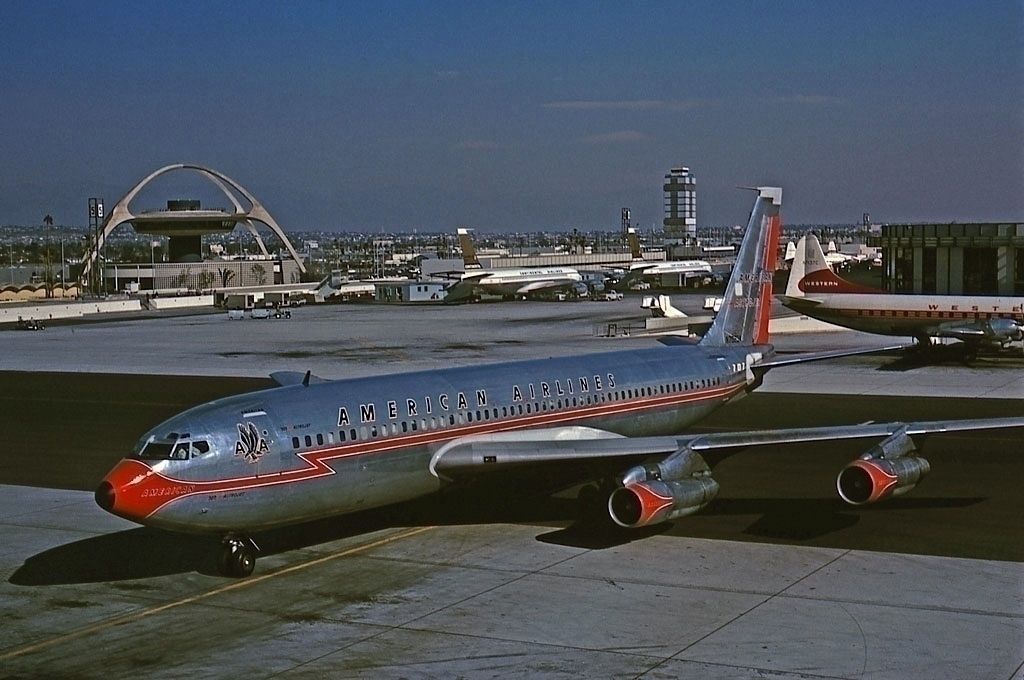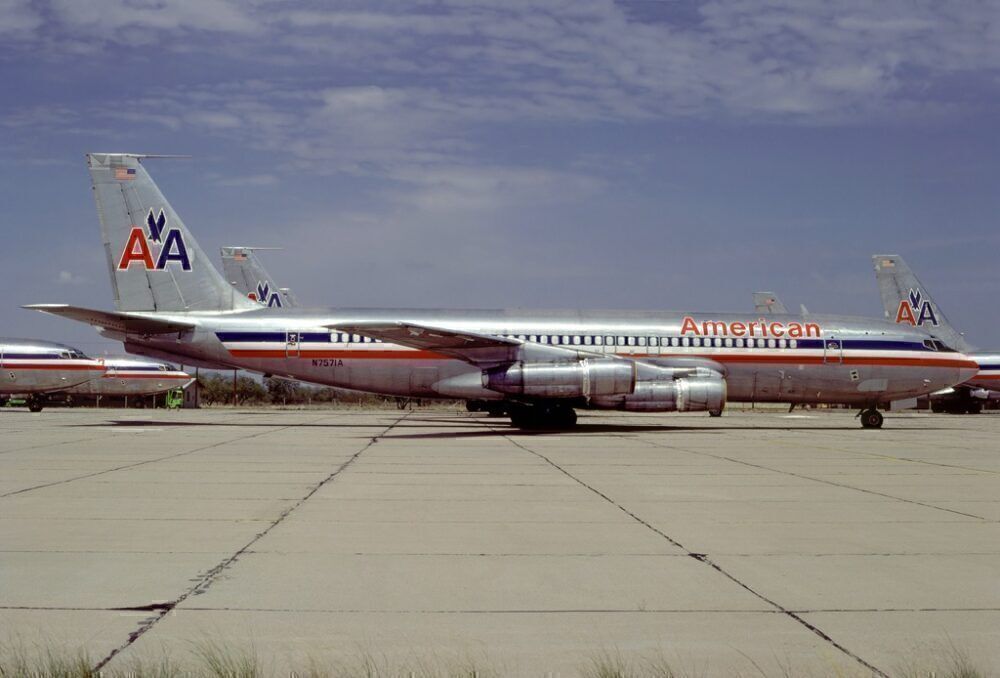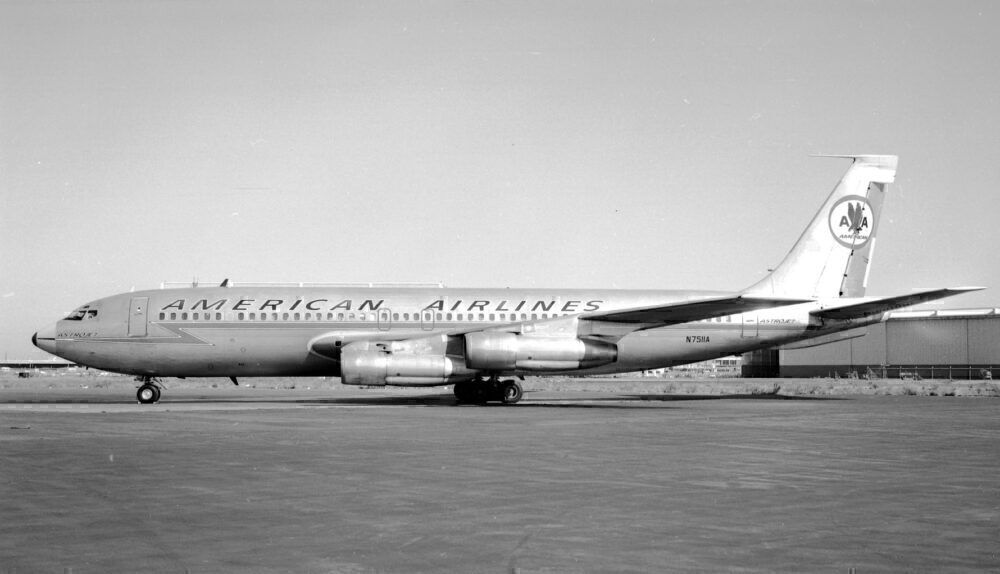Yesterday saw US legacy carrier American Airlines celebrate an important anniversary. It marked 62 years since it flew its first Boeing 707, which it launched on the Los Angeles-New York route. In fact, this represented the first scheduled nonstop transcontinental jetliner service operated by any airline.
American's first jetliner
American Airlines took to Twitter to celebrate the fact that yesterday marked 62 years of jetliner operations at the carrier. As the post-war jet age boomed, American had initially ordered examples of the British de Havilland Comet.
This was the world's first commercial jetliner, and BOAC commercially launched the type in 1952. However, several accidents in which it broke apart in mid-air due to metal fatigue caused it to lose favor, and American canceled its orders.
Five years after the Comet's commercial introduction, the Boeing 707 made its first test flight in 1957. This American design proved far more popular than the Comet, with Pan Am launching it commercially in October 1958. As we have established, the 707's debut at American followed just three months later, in January 1959.
Stay informed: Sign up for our daily aviation news digest.
Different 707 variants at American
Over the years, American Airlines operated more than 100 examples of the Boeing 707. The majority of these were from the -120 series, which was the 707's first production variant. Boeing designed this type, which could seat up to 189 passengers, with transcontinental routes, such as the Los Angeles-New York corridor on which American launched it, in mind. Overall, the carrier operated 56 examples of the 707-120, spanning a 20-year period between 1959 and 1979.
The airline also operated a similarly large number of 707-320 aircraft. American took its first example a few years later than the initial -120 variant, in 1963. The -320 had a stretched fuselage (46.61 meters vs 44.22 meters) and a greater maximum takeoff weight (MTOW). At 141.7 tonnes, this outranked the -120 (123.5 tonnes) by almost 15%. American operated 47 of the 69 707-320s that Boeing produced, over an 18-year period spanning from 1963 to 1981.
Finally, the carrier also flew eight examples of the convertible 707-320C between 1970 and 1981. This became the most-produced 707 variant and had an increased capacity of up to 219 passengers thanks to two additional emergency exits. This had the highest MTOW of American's 707 variants, coming in at 152 tonnes.
American's present-day jetliner fleet
The Boeing 707 would go on to be the first of many jetliner families operated by American Airlines. According to Planespotters.net, its current fleet consists of the following types.
- Airbus A320 family -Â 424 aircraft (133x A319-100, 46x A320-200, 245x A321-200/neo).
- Boeing 737 family -Â 340 aircraft (304x 737-800, 36x 737 MAX 8).
- Boeing 777 family -Â 67 aircraft (47x 777-200ER, 20x 777-300ER).
- Boeing 787 'Dreamliner' family -Â 45 aircraft (23x 787-8, 22x 787-9).
At the time of its launch, the Boeing 707 revolutionized American's flagship transcontinental services. However, in the longer-term, it served the airline with a far greater purpose. After its false start with its canceled de Havilland Comet orders, the 707 allowed American to enter the jet age, a crucial historic milestone on the way to becoming the world's largest airline as it is today.
Did you ever fly on a Boeing 707 with American Airlines or another carrier? Let us know your thoughts and experiences in the comments!



